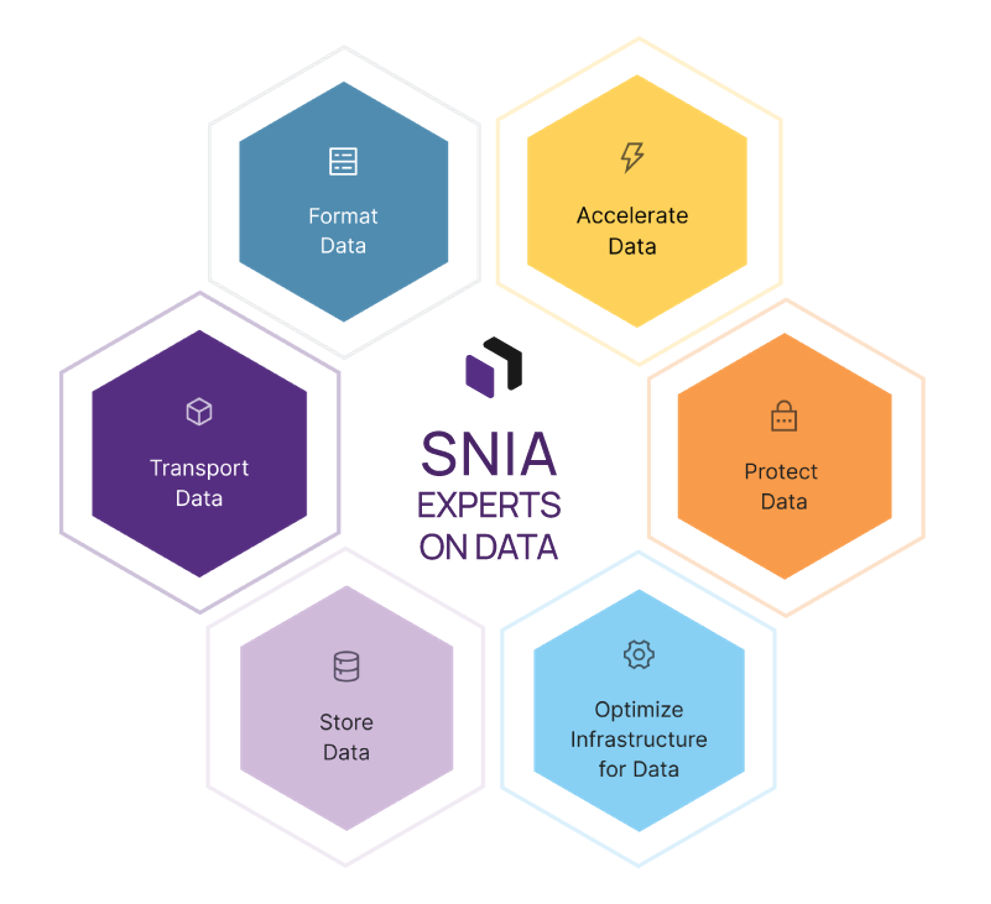NVMe over Fabrics technology is gaining momentum and getting more traction in data centers, but there are three kinds of Ethernet based NVMe over Fabrics transports: iWARP, RoCEv2 and TCP.
How do we optimize NVMe over Fabrics performance with different
Ethernet transports? That will be the discussion topic at our SNIA Networking Storage Forum Webcast, “Optimizing NVMe over Fabrics Performance with Different Ethernet Transports: Host Factors” on September 16, 2020.
Setting aside the considerations of network infrastructure,
scalability, security requirements and complete solution stack, this webcast
will explore the performance of different Ethernet-based transports for NVMe over Fabrics at the detailed benchmark level. We will show three key
performance indicators: IOPs, Throughput, and Latency with different workloads including: Sequential Read/Write, Random Read/Write, 70%Read/30%Write, all with
different data sizes. We will compare the result of three Ethernet based
transports: iWARP, RoCEv2 and TCP.
Further, we will dig a little bit deeper to talk about the
variables that impact the performance of different Ethernet transports. There
are a lot of variables that you can tune, but these variables will impact the
performance of each transport differently. We will cover the variables
including:
- How many CPU cores are needed (I’m willing to give)?
- Optane SSD or 3D NAND SSD?
- How deep should the Queue-Depth be?
- Do I need to care about MTU?















Leave a Reply